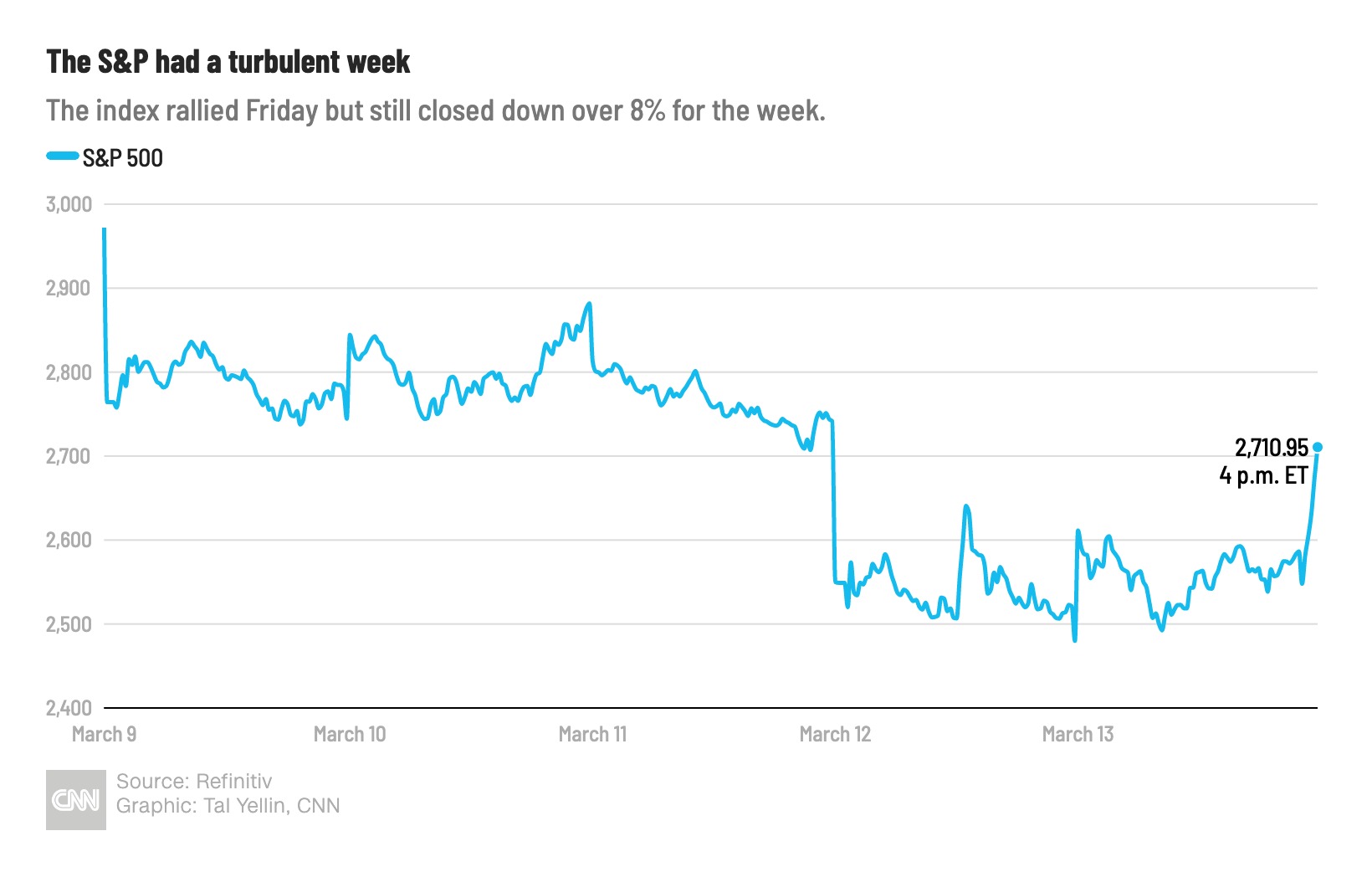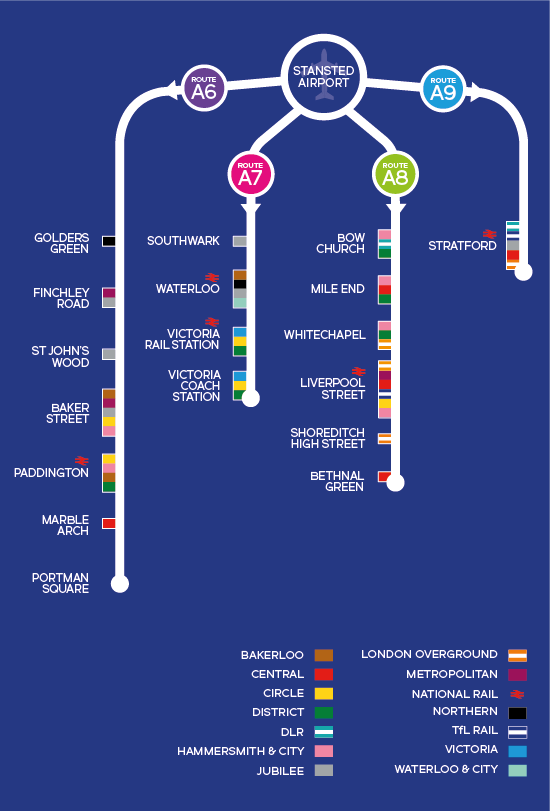Are Blue Books Making A Comeback In Schools?

Table of Contents
The Nostalgia Factor: Why Educators Are Reconsidering Blue Books
The shift towards digital learning has brought many benefits, but it has also raised concerns about student engagement and authentic assessment. This is leading some educators to reconsider the humble blue book.
Reduced Distractions and Enhanced Focus
The absence of technology during exams creates an environment conducive to improved concentration.
- Less temptation to cheat.
- Improved handwriting practice, a skill often neglected in the digital age.
- Enforced focus on the material being tested.
Anecdotal evidence from teachers suggests that students are better able to focus on the task at hand when they are not faced with the potential distractions of laptops, smartphones, or other digital devices. Studies have also shown a correlation between increased technology use and decreased attention spans, further supporting the argument for a return to more traditional assessment methods.
Authentic Assessment of Understanding
Blue books allow for a far more nuanced understanding of student comprehension than multiple-choice tests.
- Ability to show a complete thought process, not just a final answer.
- Demonstrates critical thinking skills.
- Enables students to explain complex concepts in their own words.
Open-ended questions, best suited to the format of a blue book, encourage students to delve deeper into the subject matter and showcase their understanding in a richer, more meaningful way. Furthermore, grading rubrics can be designed to reward insightful answers and original thinking, encouraging higher-order cognitive skills beyond simple recall.
The Practical Challenges of Implementing Blue Books in a Modern Classroom
While the nostalgic appeal and educational benefits are undeniable, the practicalities of reintroducing blue books on a large scale present some significant hurdles.
Grading Time and Efficiency
Manually grading numerous blue books represents a substantial increase in workload for teachers.
- Time-consuming process.
- Need for standardized grading criteria to ensure fairness and consistency.
- Potential for grading inconsistencies between teachers, even with established rubrics.
This added workload needs to be carefully considered. However, innovative grading strategies, such as peer review or the use of sophisticated rubrics, can help mitigate this issue and improve grading efficiency. Discussions about workload and fair compensation for teachers are essential to a successful implementation of paper-based assessments.
Environmental Impact and Cost
The use of large quantities of paper raises environmental concerns, and the cost of purchasing blue books can be substantial.
- Significant paper consumption.
- Need for effective recycling programs.
- Direct cost of purchasing blue books compared to the cost-effectiveness of digital platforms.
Sustainable alternatives, such as recycled paper blue books, need to be explored. A cost-benefit analysis comparing the expense of blue books against the cost of maintaining and updating digital assessment platforms is crucial in determining the feasibility of widespread adoption.
Finding the Balance: A Hybrid Approach to Assessment
A balanced approach, combining the strengths of both traditional and digital assessment methods, may offer the most effective solution.
Combining Blue Books with Digital Tools
A hybrid model can leverage the benefits of both systems.
- Use blue books for essays, open-ended questions, and subjects requiring in-depth analysis.
- Utilize digital platforms for multiple-choice questions, quick quizzes, and formative assessments.
This approach allows educators to choose the most appropriate assessment method based on the specific learning objectives and the nature of the subject matter. Successful hybrid models are already being implemented in various schools, demonstrating the viability of this approach.
The Future of Assessment in Education
The landscape of educational assessment is constantly evolving. The role of blue books within this evolving landscape is likely to be a nuanced one.
- Incorporating technology to aid in grading, such as optical mark recognition (OMR) systems.
- Utilizing blue books for specific subjects or age groups where they may be most beneficial.
The future may see a resurgence of traditional methods, perhaps adapted with technology to ease grading and improve efficiency. The key is finding a balance that meets the needs of both educators and students.
The Verdict on Blue Books' Comeback
The potential return of blue books to schools presents a complex scenario. While their limitations in terms of grading time, cost, and environmental impact are undeniable, the advantages in terms of fostering deeper student engagement and promoting authentic assessment cannot be overlooked. A hybrid approach, strategically combining blue books with digital tools, seems to be the most promising path forward. The key is finding the right balance between tradition and technology to create a more effective and comprehensive assessment system.
We encourage you to share your thoughts and experiences with blue books in education. Let's discuss the best practices for utilizing this method – or variations such as incorporating "blue book style" assessments digitally – to optimize learning outcomes. How can we best leverage both traditional assessments like exam books and the efficiency of digital tools to improve the assessment experience for both teachers and students? The discussion about the future of paper-based testing continues, and your input is valuable.

Featured Posts
-
 Ukrayina Nato Perspektivi Chlenstva Ta Nimetska Dopomoga
May 27, 2025
Ukrayina Nato Perspektivi Chlenstva Ta Nimetska Dopomoga
May 27, 2025 -
 Lagard Potvrzhdava Podkrepata Na Ets B Za Blgariya Po Ptya Km Evroto
May 27, 2025
Lagard Potvrzhdava Podkrepata Na Ets B Za Blgariya Po Ptya Km Evroto
May 27, 2025 -
 London Stansted Airport Expands To New Country
May 27, 2025
London Stansted Airport Expands To New Country
May 27, 2025 -
 Stock Market News Dow S And P 500 And Nasdaq May 26 2024
May 27, 2025
Stock Market News Dow S And P 500 And Nasdaq May 26 2024
May 27, 2025 -
 London Stansted New Flight Route Announced
May 27, 2025
London Stansted New Flight Route Announced
May 27, 2025
Latest Posts
-
 Banksys Broken Heart A Walls Journey To Auction
May 31, 2025
Banksys Broken Heart A Walls Journey To Auction
May 31, 2025 -
 The Westcliff Bournemouth Banksy Genuine Or Imitation
May 31, 2025
The Westcliff Bournemouth Banksy Genuine Or Imitation
May 31, 2025 -
 Bernard Kerik A Look Back At The Life Of The Former Nyc Police Commissioner
May 31, 2025
Bernard Kerik A Look Back At The Life Of The Former Nyc Police Commissioner
May 31, 2025 -
 Bernard Kerik A Look At His Family Life With Hala Matli And Their Children
May 31, 2025
Bernard Kerik A Look At His Family Life With Hala Matli And Their Children
May 31, 2025 -
 Unattributed Banksy The Paintings Provenance And Upcoming Auction
May 31, 2025
Unattributed Banksy The Paintings Provenance And Upcoming Auction
May 31, 2025
